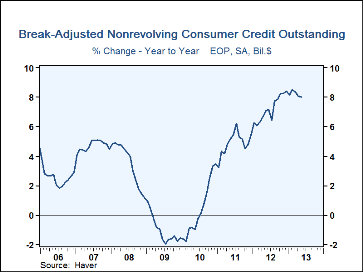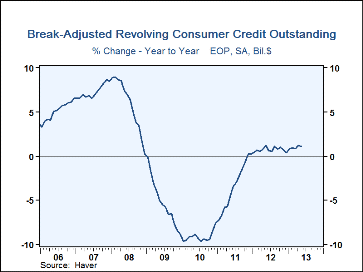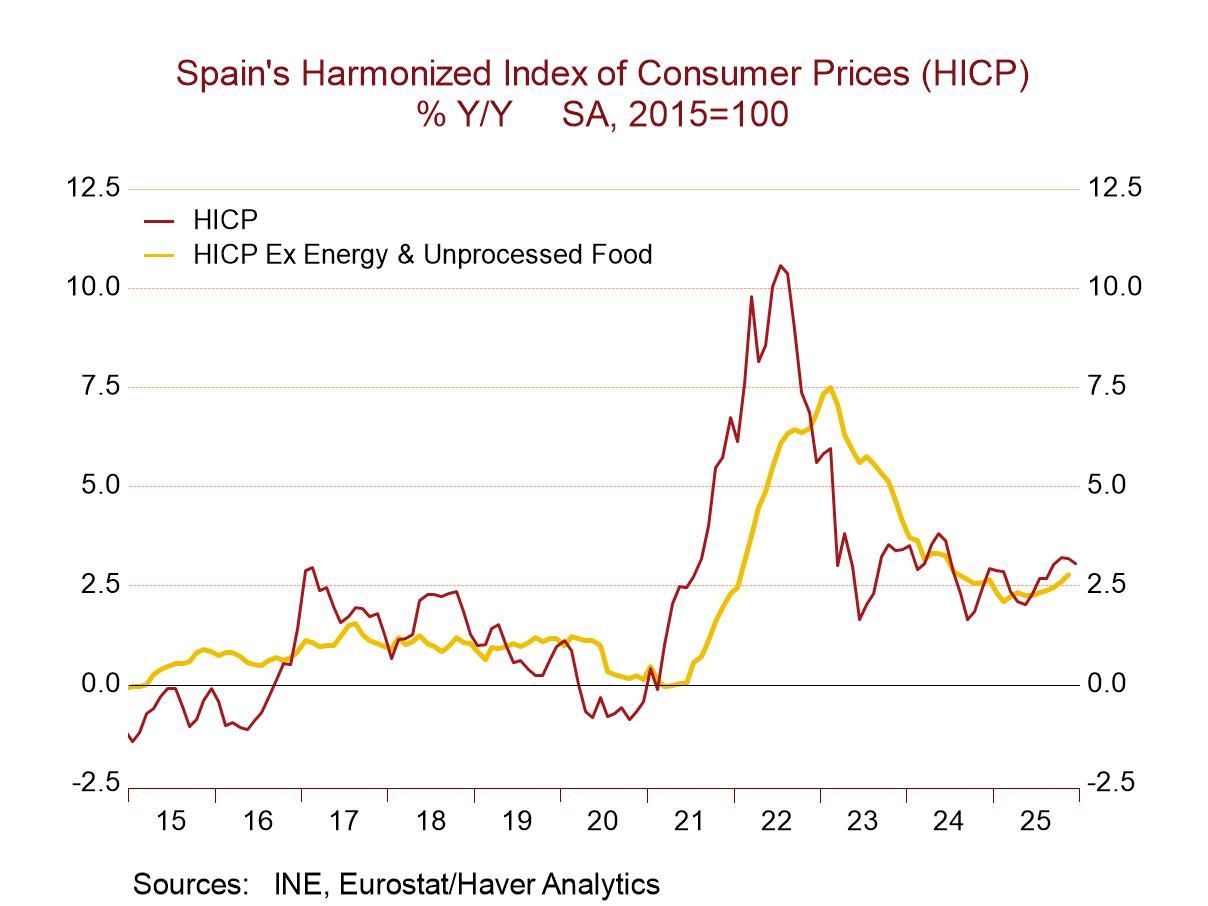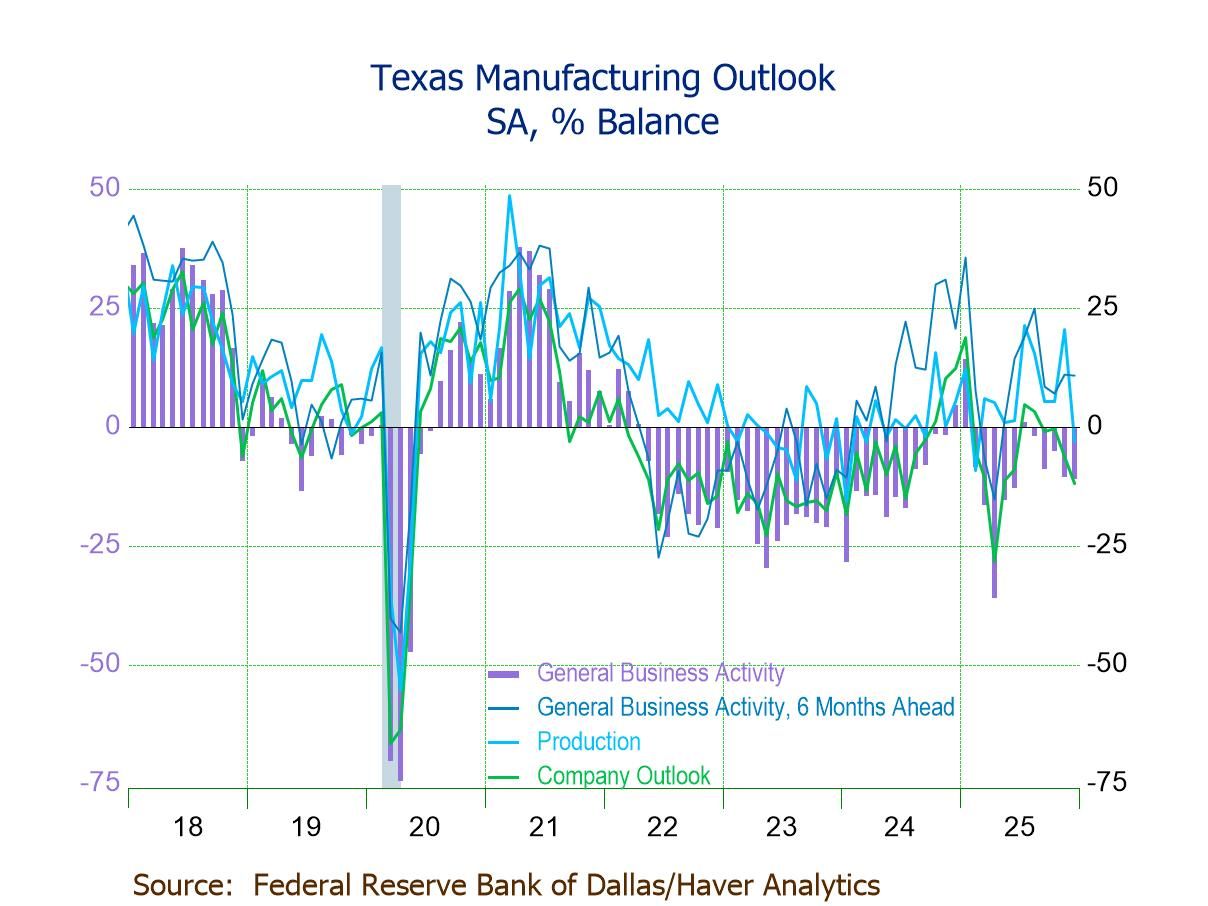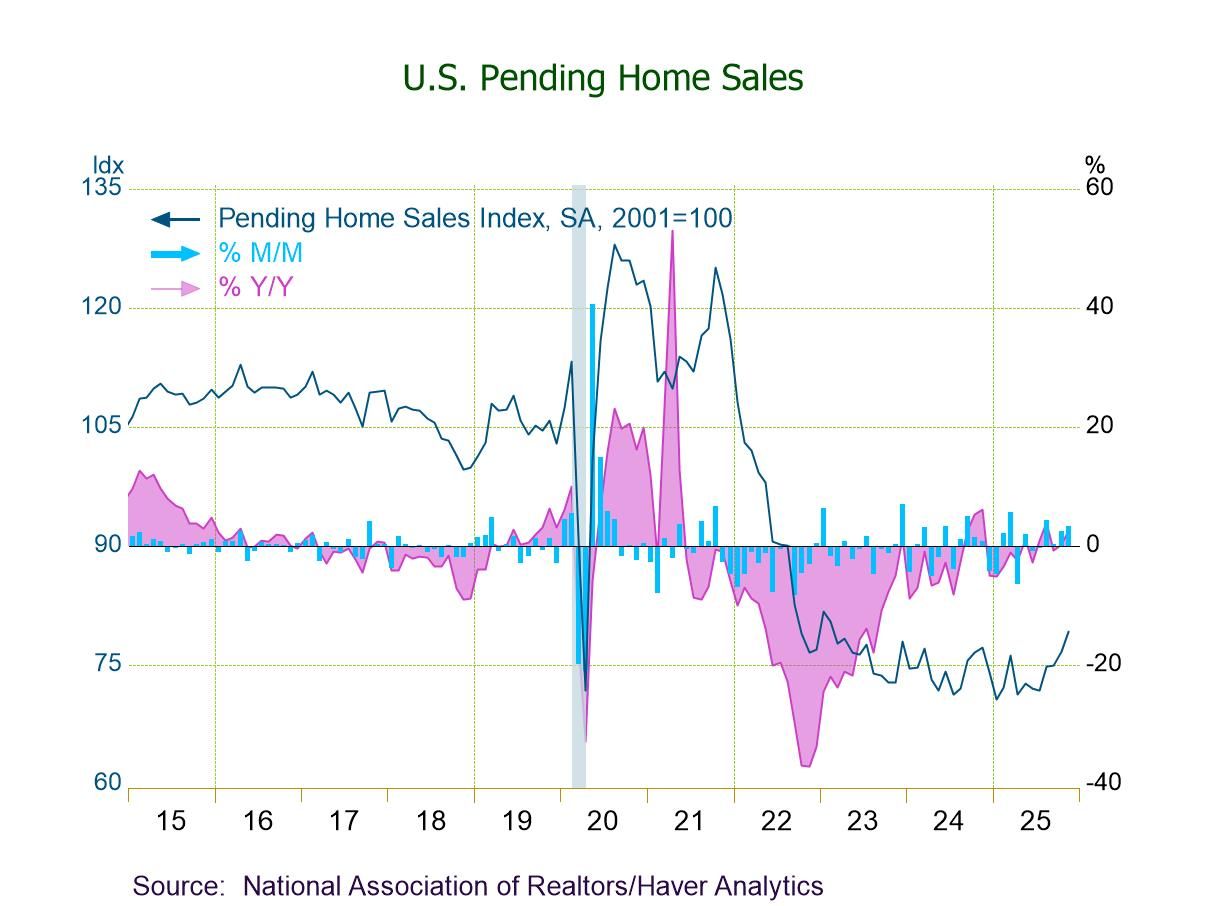 Global| Jul 08 2013
Global| Jul 08 2013U.S. Consumer Credit Growth Firm in May, but Yearly Trends Unchanged
Summary
Consumer credit saw a marked monthly gain in May, but the year-on-year trend remained steady. The May total was up $19.6B, following April's $10.9B, revised slightly from $11.1B reported initially. The y/y move, though, was 5.8%, [...]
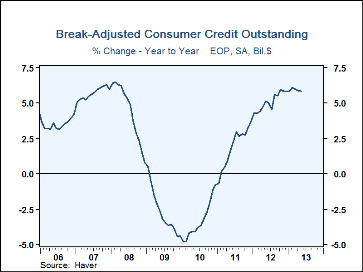 Consumer credit saw a marked monthly gain in May,
but the year-on-year trend remained steady. The May total was up $19.6B,
following April's $10.9B, revised slightly from $11.1B reported initially.
The y/y move, though, was 5.8%, marginally less than April's 5.9%. Consensus
expectations were for a rise of $13.0B, as measured by the Action Economics survey.
Consumer credit saw a marked monthly gain in May,
but the year-on-year trend remained steady. The May total was up $19.6B,
following April's $10.9B, revised slightly from $11.1B reported initially.
The y/y move, though, was 5.8%, marginally less than April's 5.9%. Consensus
expectations were for a rise of $13.0B, as measured by the Action Economics survey.
Both revolving and non-revolving credit were firm in May, but year-on-year gains no greater than April's performances. Non-revolving credit increased $13.0B in May, up from $10.1B the month before; the year-on-year growth was trimmed, though, to 8.0% from 8.1% through April. Federal government loans were up 21.8% in May from May 2012; with $566.1B (not seasonally adjusted), these constitute about 28.6% of total non-revolving credit. Depository institutions loans are nearly as large, at $553.9B and 28.0% of all non-revolving; they were up, though, just 4.5% from May 2012. Credit union lending has been vigorous, with consistent year-to-year growth averaging 10.7% over the last six months; May alone was 10.8% above May 2012. Credit unions have $212.9B in outstanding non-revolving loans, 10.8% of that total amount. Finance companies are the largest dispensers of non-revolving loans, at $608.0B, 30.7% of the total, but these loans have been nearly flat since at least the end of 2011.
Credit card debt, that is, revolving credit, increased $6.6B in May, much stronger than April's $0.8B. As with the total and non-revolving credit, however, the year-on-year move held at just 1.1%, the same as in April. About 80% of this credit is held by depository institutions; the revolving total was $816.6B at end-May, with depository institution holdings at $657.2B.The similar performance of May's consumer lending this year compared with May 2012 in several categories might suggest an issue with the seasonal adjustment. However, prior May changes vary widely from year to year. The resemblance this year and last may put greater attention on this year's June changes; these slowed markedly in 2012, for all three, total, non-revolving and revolving credit, including a net paydown in the last.
The figures used in this report are break-adjusted and calculated by Haver Analytics. There is a break in the credit outstanding data from November 2010 to December 2010 due to the Fed's benchmarking process. Benchmark estimates are based on the Census of Finance Companies (CFC) and the Survey of Finance Companies (SFC) conducted in 2010 and 2011, respectively. The consumer credit data are available in Haver's USECON database. The Action Economics figures are in the AS1REPNA database.
| Consumer Credit Outstanding (M/M Chg, SA) | Apr | Mar | Feb | Y/Y | 2012 | 2011 | 2010 |
|---|---|---|---|---|---|---|---|
| Total | $11.1B | $8.4B | $19.1B | 5.9% | 5.8% | 3.7% | -0.7% |
| Revolving | 0.7 | -0.9 | 1.5 | 1.1 | 0.4 | 0.2 | -7.5 |
| Non-revolving | 10.3 | 9.3 | 17.7 | 8.1 | 8.4 | 5.5 | 3.4 |
Carol Stone, CBE
AuthorMore in Author Profile »Carol Stone, CBE came to Haver Analytics in 2003 following more than 35 years as a financial market economist at major Wall Street financial institutions, most especially Merrill Lynch and Nomura Securities. She had broad experience in analysis and forecasting of flow-of-funds accounts, the federal budget and Federal Reserve operations. At Nomura Securities, among other duties, she developed various indicator forecasting tools and edited a daily global publication produced in London and New York for readers in Tokyo. At Haver Analytics, Carol was a member of the Research Department, aiding database managers with research and documentation efforts, as well as posting commentary on select economic reports. In addition, she conducted Ways-of-the-World, a blog on economic issues for an Episcopal-Church-affiliated website, The Geranium Farm. During her career, Carol served as an officer of the Money Marketeers and the Downtown Economists Club. She had a PhD from NYU's Stern School of Business. She lived in Brooklyn, New York, and had a weekend home on Long Island.


